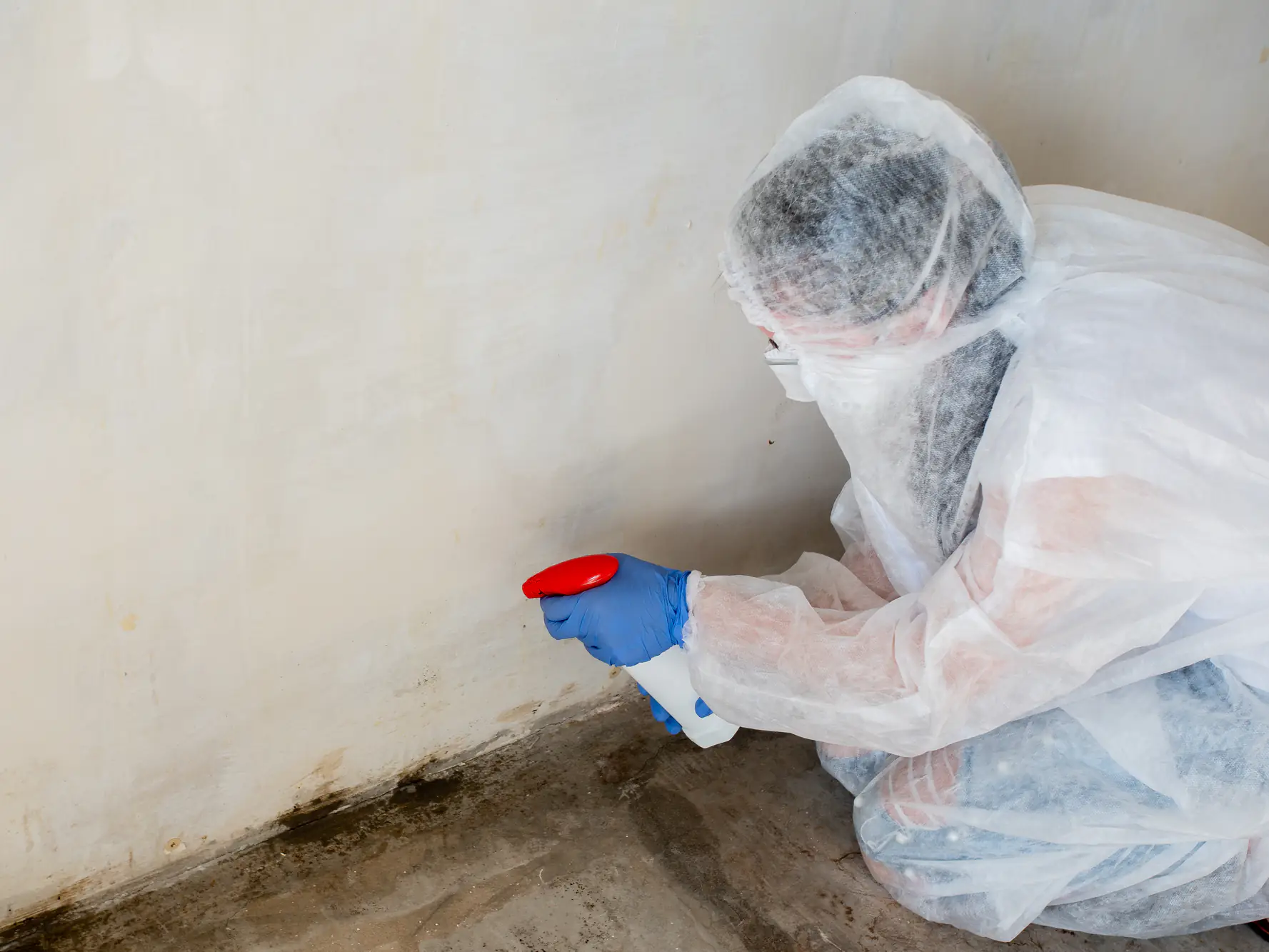
Hear from Our Customers
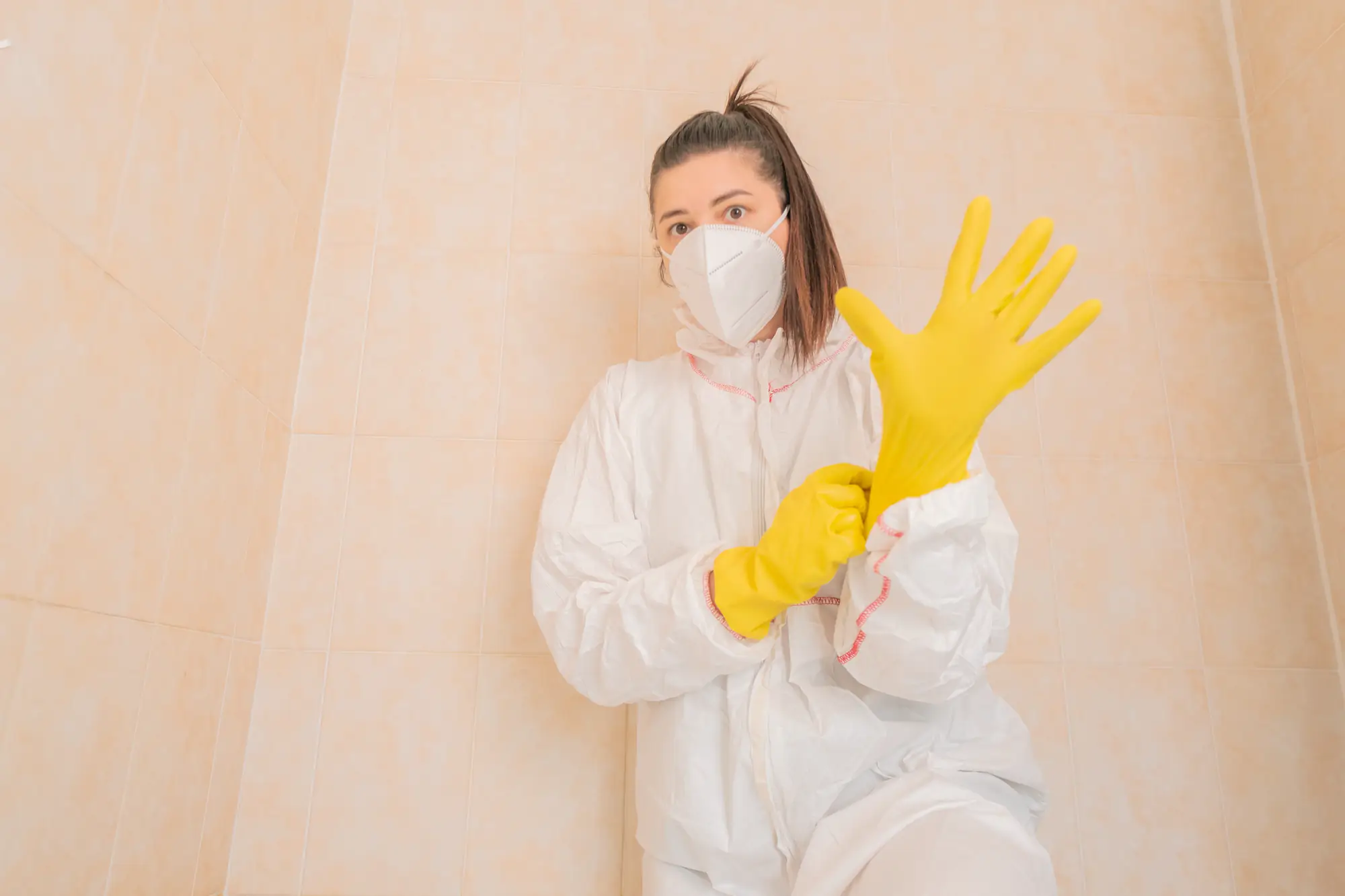
You walk into your home and breathe easily. No musty odors hitting you at the door. No concerns about what’s growing behind your walls or in your HVAC system. No sleepless nights worrying about your family’s health.
That’s life after proper mold remediation. Not just surface cleaning that looks good for a few weeks—complete elimination that addresses the moisture source so mold can’t return. When mold is professionally removed, your indoor air quality improves immediately. You stop dealing with unexplained respiratory symptoms, constant stuffiness, or that persistent moldy smell that never quite goes away.
Your property value stays protected too. Mold problems that get worse over time can lead to thousands in structural damage. Professional remediation stops that cycle and gives you documentation that the problem was handled correctly—something future buyers and insurance companies care about.
We know exactly what Pennsylvania homeowners face. The moderate humidity levels year-round, combined with seasonal challenges like spring snowmelt and summer moisture, create perfect conditions for mold growth in Lodi homes. Add in the older housing stock common throughout the area, and you’ve got a recipe for hidden moisture problems that generic cleaning can’t solve.
We’ve seen it all in Pennsylvania basements—from foundation seepage that creates ongoing dampness to HVAC systems that spread mold spores throughout homes. We understand how the local climate affects different building materials and which areas of homes are most vulnerable during different seasons.
What sets us apart is our commitment to doing the job right, not just fast. We know that cutting corners on containment or skipping proper moisture assessment leads to callbacks and frustrated homeowners. That’s why we follow EPA guidelines and use third-party verification to ensure every project meets professional standards.
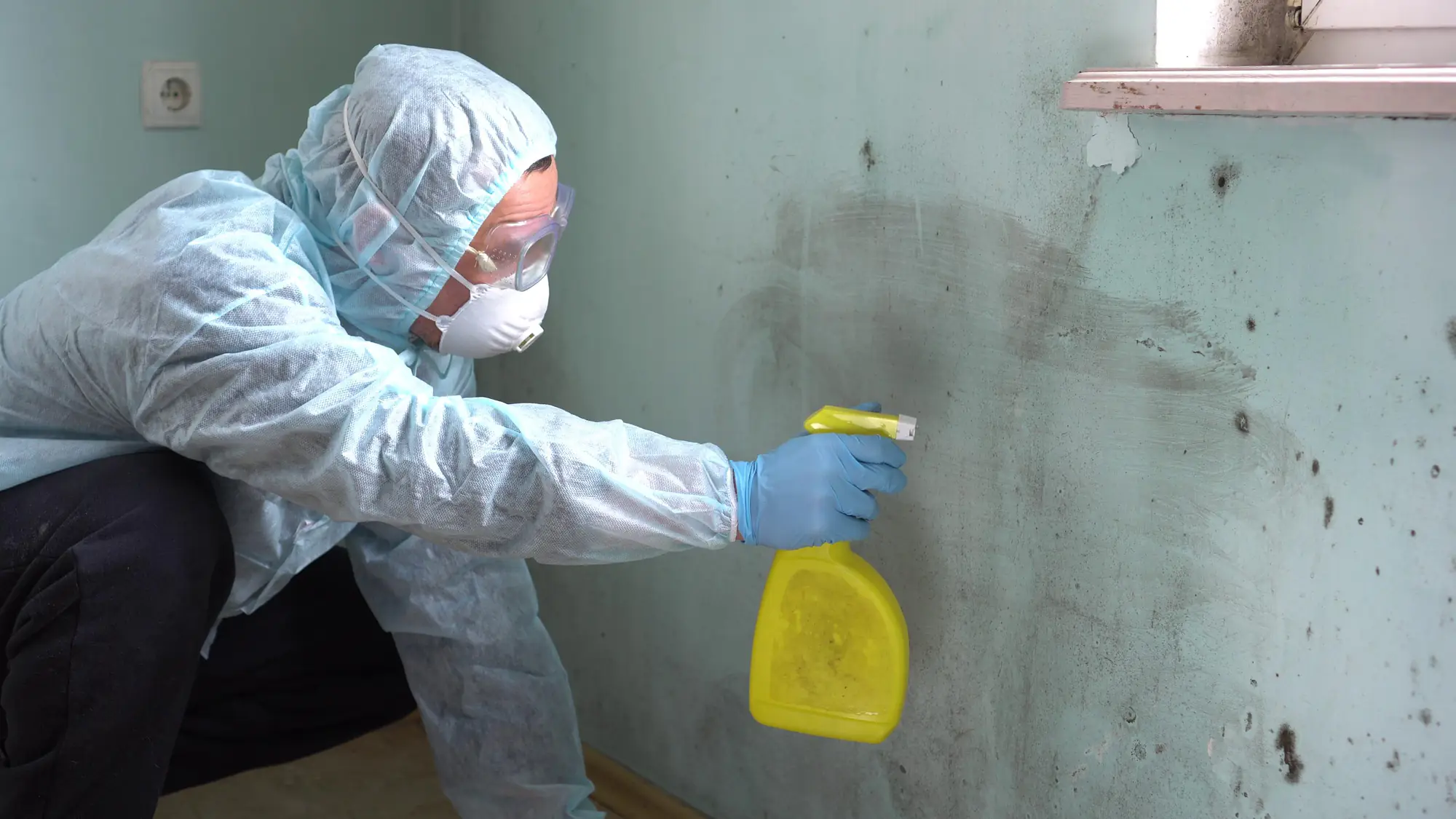
Everything starts with a thorough inspection and moisture survey. You can’t fix what you can’t see, and mold loves to hide. We use moisture meters and air quality testing to map exactly where contamination exists—not just the obvious spots, but hidden growth behind walls, in HVAC ducts, or under flooring.
Next comes containment. Before any mold gets disturbed, the affected area gets sealed off using plastic barriers and negative air pressure. This prevents spores from spreading to clean areas during removal. Professional equipment like HEPA air scrubbers runs continuously to capture airborne particles.
The actual remediation involves removing contaminated materials that can’t be properly cleaned—things like drywall, insulation, or carpeting with heavy mold growth. Surfaces that can be saved get treated with antimicrobial solutions. Throughout the process, specialized equipment maintains air quality and prevents cross-contamination.
Finally, everything gets verified through independent clearance testing. A third-party assessor takes air samples and visually inspects all areas to confirm that mold levels are back to normal ranges. Only then is the containment removed and the area considered safe for normal use.
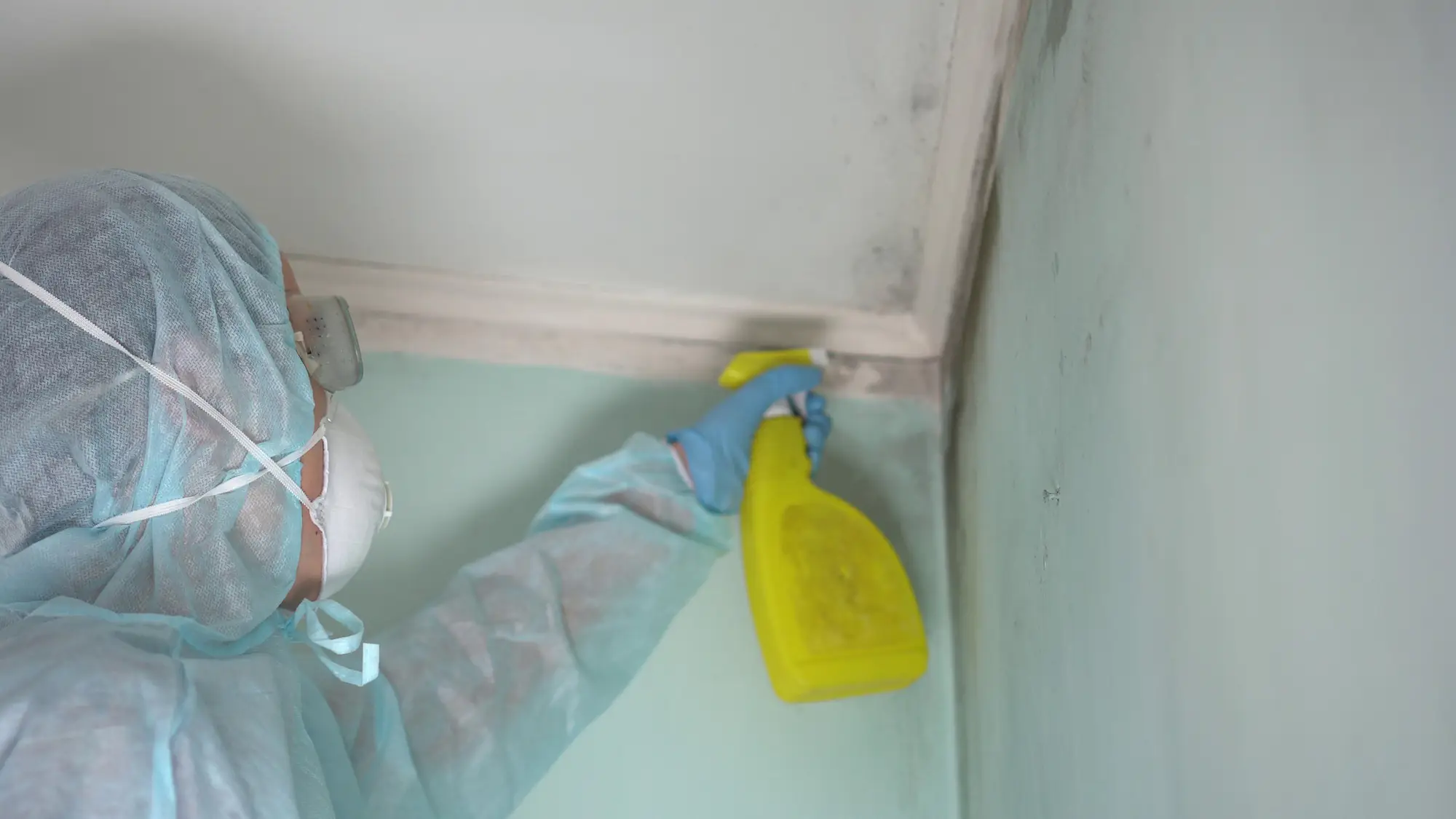
Ready to get started?
Mold remediation in Lodi requires understanding how Pennsylvania’s specific conditions affect different types of homes. Spring moisture from snowmelt can create basement seepage that homeowners don’t notice until mold appears months later. Summer humidity gets trapped in poorly ventilated crawl spaces. Older homes with outdated HVAC systems can spread contamination throughout the house.
Our treatment goes beyond what you can see. The process includes moisture mapping to find hidden water sources, structural drying to eliminate conditions that support future growth, and HVAC cleaning when systems have been contaminated. Each project gets customized based on the building materials involved, the extent of contamination, and the specific moisture source.
We also address common problem areas specific to Pennsylvania homes—basement foundation walls that seep during heavy rains, attic spaces with inadequate ventilation, and older plumbing that creates ongoing moisture issues. This comprehensive approach ensures you’re not dealing with the same problem six months later. You get documentation of all work performed, including before and after air quality readings, so you have proof the job was done correctly.
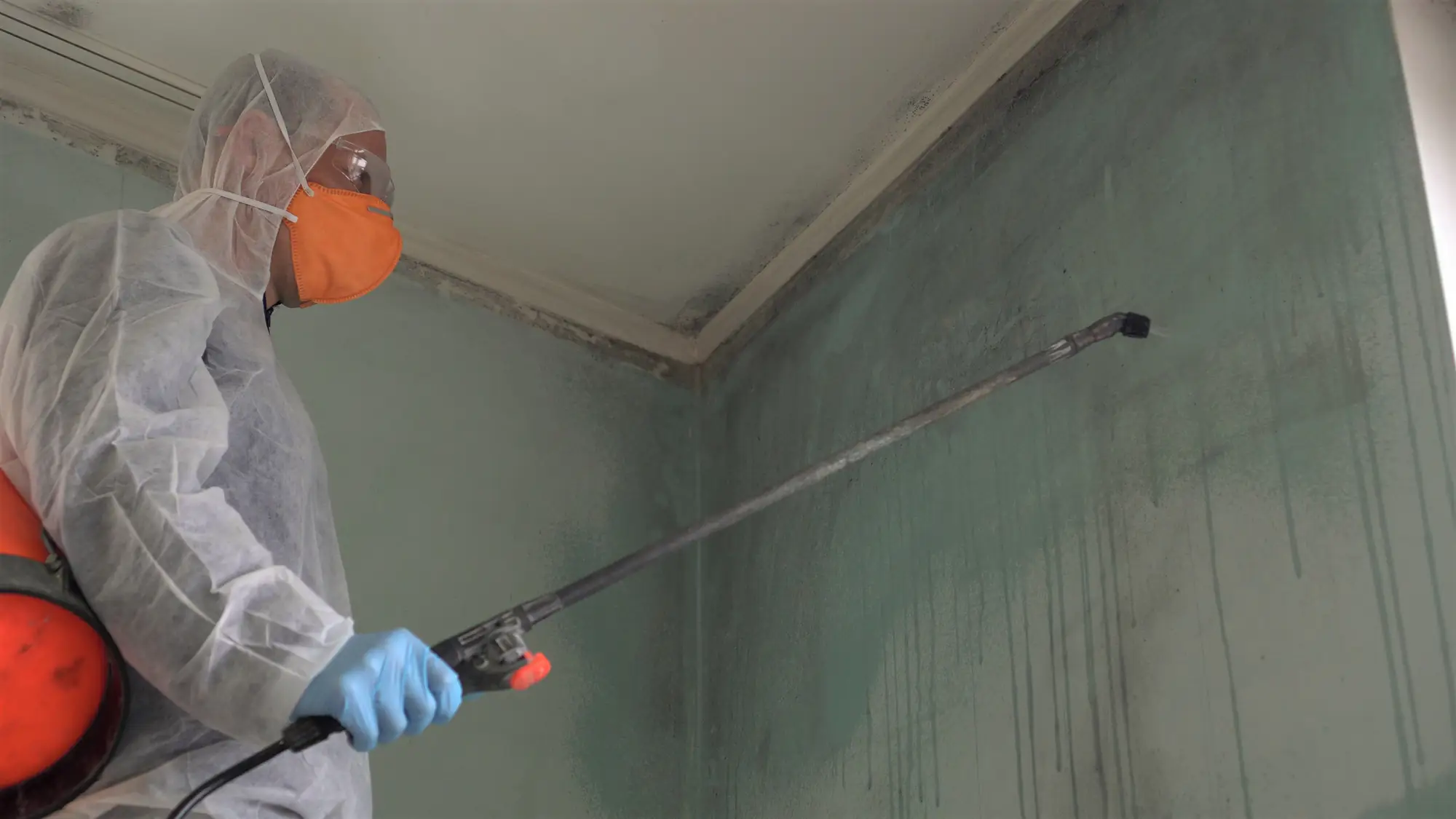
Mold can begin developing within 24 to 48 hours under ideal conditions, and Pennsylvania’s moderate humidity levels often provide exactly what mold needs to get started quickly. This is especially true in basements, crawl spaces, or anywhere moisture gets trapped without proper ventilation.
The speed depends on several factors—temperature, humidity levels, and the type of materials that got wet. Porous materials like drywall, wood, and fabric provide perfect growing conditions. In Pennsylvania’s climate, especially during humid summer months or after spring snowmelt, conditions are often ideal for rapid mold growth.
That’s why immediate action matters so much. Professional assessment within the first 48 hours can often prevent a manageable water issue from becoming an extensive mold remediation project. The longer moisture sits, the deeper it penetrates into building materials and the more expensive the cleanup becomes.
While black mold gets the most media attention, the truth is that any mold growth in your home should be taken seriously. All mold types can cause health problems, especially for people with allergies, asthma, or compromised immune systems. The color doesn’t determine toxicity—concentration and exposure levels matter more.
What people call “black mold” is usually Stachybotrys chartarum, which can produce mycotoxins under certain conditions. But many molds appear black, and other colors can be just as problematic. Green, white, or brown mold can cause the same respiratory symptoms, skin irritation, and other health issues.
The real concern is any mold growth that’s actively spreading in your living space. We treat all contamination with the same level of safety protocols and containment procedures. The goal is always complete removal regardless of color or type, because you shouldn’t be breathing any mold spores in your home.
Small surface mold on non-porous materials like tile or glass can sometimes be cleaned with household products, but anything larger than about 10 square feet requires professional remediation. The problem with DIY approaches is that they often spread spores to previously clean areas and don’t address the moisture source.
Bleach, the most common DIY solution, doesn’t actually kill mold on porous surfaces—it just bleaches the color while leaving roots intact. Plus, mixing bleach with other cleaners can create dangerous gases. Store-bought mold sprays work similarly and often just mask the problem temporarily.
Pennsylvania homes present additional challenges because mold often grows inside wall cavities, HVAC systems, or other areas you can’t reach. Professional equipment like negative air machines, HEPA filtration, and moisture detection tools are necessary to handle contamination safely. Improper handling can expose you to dangerous levels of spores and spread the problem throughout your home.
Most residential mold remediation projects take between one to five days, depending on the extent of contamination, the materials involved, and the specific moisture source. Small, contained areas like a bathroom with surface mold might be completed in a day, while extensive growth affecting multiple rooms or HVAC systems takes longer.
The timeline can’t be rushed because proper drying is essential. All materials must reach normal moisture levels before reconstruction begins, or mold will return. Pennsylvania’s seasonal humidity can affect drying times, especially in basements or crawl spaces where air circulation is limited.
We use professional equipment that speeds up the process significantly. Industrial dehumidifiers, air movers, and heating systems can achieve in days what might take weeks to happen naturally. We monitor moisture levels continuously and don’t consider the job complete until everything tests within normal ranges. This ensures lasting results rather than a quick fix that fails in a few months.
Insurance coverage for mold varies significantly based on what caused the moisture problem and your specific policy terms. Sudden, accidental water damage—like a burst pipe or appliance malfunction—is often covered under standard homeowner’s policies. Long-term leaks, maintenance issues, or flooding typically aren’t covered without specific riders.
Many policies have mold coverage limits, often between $1,000 and $10,000, which might not cover extensive remediation. Some insurers exclude mold entirely unless you purchase additional coverage. The key is understanding your policy before problems arise and acting quickly when water damage occurs.
We can work directly with insurance adjusters to document the scope of work and help with the claims process. Proper documentation from the initial assessment through final clearance testing makes a significant difference in coverage decisions. We know what insurance companies look for and can present the information in ways that support your claim.
Permanent mold prevention requires eliminating the moisture source that caused the original growth, not just cleaning up what you can see. This might mean fixing foundation leaks, improving ventilation systems, upgrading plumbing, or addressing drainage problems around your home.
In Pennsylvania, prevention strategies focus on common moisture sources—basement seepage during heavy rains, inadequate attic ventilation that traps humid air, and older HVAC systems that create condensation problems. Maintaining indoor humidity below 50% year-round is crucial, which often requires dehumidifiers in basements and crawl spaces.
Our remediation includes identifying and addressing these underlying issues as part of the process. We provide specific recommendations based on your home’s construction, age, and the moisture patterns we discovered during assessment. Without fixing the root cause, even perfect mold removal will eventually fail. That’s why we guarantee our work only when moisture sources are properly addressed.
Other Services we provide in Lodi